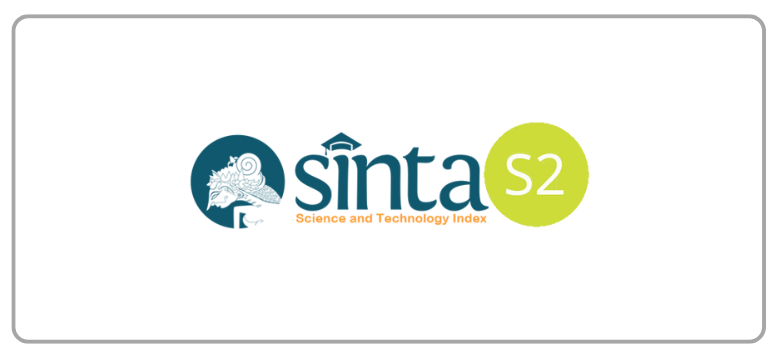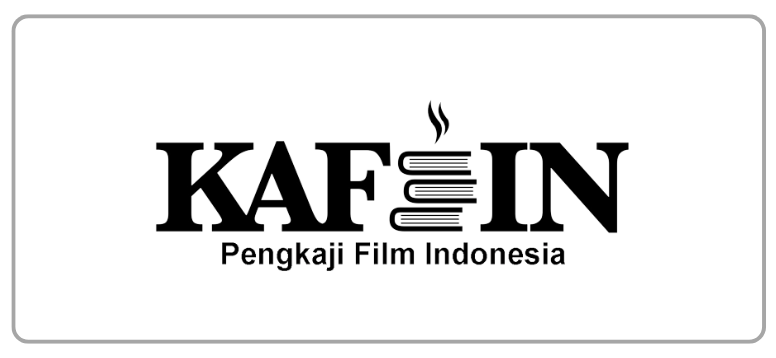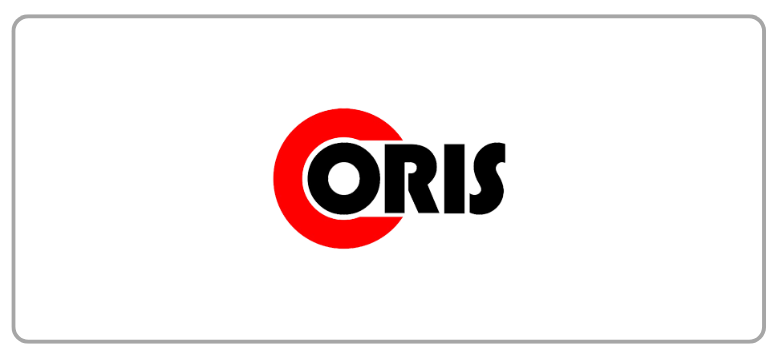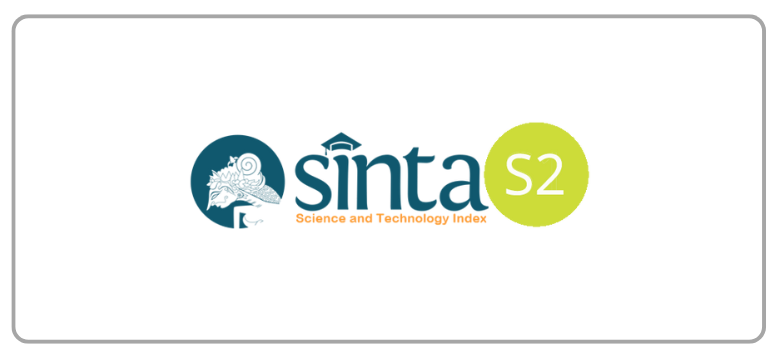The Application of Indigo Strobilanthes Cusia Natural Dye Paste using Block Printing Technique on Textile
DOI:
https://doi.org/10.21512/humaniora.v16i1.13416Keywords:
block printing, natural dye, indigo Strobilanthes cusia, fashion productsAbstract
Natural dyes can promote environmental sustainability while offering a unique and attractive aesthetic. This approach enhances the appeal of textile products, adding value and creating a competitive advantage in the creative and fashion industries. Indigo from Strobilanthes cusia is a well-known natural dye primarily used by textile artisans and designers to create vibrant indigo-colored fabrics. In surface textile design, there is potential to modify indigo solutions into a paste, which can be used to create motifs on fabric through block printing techniques. The research aims to develop an optimal indigo paste formula for block printing and to examine the application of natural dyes on fabric. The research employs a mixed-methods approach, collecting data from literature reviews, direct observations, social media analysis, and experimental work. During the experimental phase, block printing techniques are applied using different paste formulas on various fabric types to assess the optimal viscosity and fixation methods of the paste. The findings indicate that the natural dye derived from the indigo paste of Strobilanthes cusia yields an effective formula for block printing, particularly in terms of motif sharpness and color durability. The optimal composition was found to be 10 g of paste mixed with 5 mL of water, resulting in a viscosity value of 191 mPa·s. These findings can inspire the development of more sustainable textile products and expand the use of natural dyes across various textile printing techniques, potentially leading to innovative fashion products.
References
Abdurahman, S. N., & Kahdar, K. (2021). Eksplorasi ekstrak pewarna alami sebagai bahan pewarna organik untuk tekstil cetak. Jurnal Rupa, 6(2), 134. https://doi.org/10.25124/rupa.v6i2.3792
Alfiyani, L., Mukhlisin, L., Rahman, N. E., Yulianto, A., Setiyadi, N. A., Sarjito, S., Khuzaimah, I. S., Jery, J., Sumini, S., Afifah, R. N., Arifin, A., & Kewa, K. K. (2024). Pelatihan ecoprint berbasis pemberdayaan masyarakat untuk pengelolaan limbah organik. Journal of Human and Education (JAHE), 4(6), 303-308. https://doi.org/10.31004/jh.v4i6.1796
Chafidz, A., & Lestari, A. Y. D. (2021). Pengenalan teknologi ekstraksi zat warna alam untuk pewarna alami batik di UKM batik tulis “Kebon Indah”, Bayat, Klaten. Jurnal Komunitas: Jurnal Pengabdian Kepada Masyarakat, 3(2), 101-108. https://doi.org/10.31334/jks.v3i2.1271
Fadlillah, M. R., Hendrawan, A., & Febriani, R. (2024). Pengolahan pewarna alami Indigo Strobilanthes Cusia dengan teknik block printing pada tekstil. eProceedings of Art & Design, 11(6), 9180-9198.
Fobiri, G. K., Crentsil, T., Ayesu, S. M., & Kansanba, R. F. (2021). Hand block printing: Experimenting with assorted surfaces and inks. Journal of Arts and Humanities, 10(07), 44-60.
Hartl, A., Polleichtner, A., & Novak, J. (2024). “Purplish Blue” or “Greenish Grey”? Indigo qualities and extraction yields from six species. Plants, 13(7), 918.
Ikhsanti, N. T., & Hendrawan, A. (2020). Pengolahan pewarna alami indigo dengan teknik cap pelepah pisang pada produk busana. eProceedings of Art & Design, 7(2).
Kurniawan, C. (2020). Ekstarksi indigo dari daun Strobilanthes Cusia dan kajian pembentukan kompleks dengan ion Ni2+. Jurnal Kimia Dan Kemasan, 42(2), 93. https://doi.org/10.24817/jkk.v42i2.5977
Kusnadi. (2019). Motif batik mega mendung Cirebon dalam pemaknaan desain baru. Jurnal Teknologi, 8(1), 1-14.
Lisdiana, H., & Saefurahman, G. (2023, May). Utilization of Indigofera leaves as natural dyes for silk fabrics. In IOP Conference Series: Earth and Environmental Science (Vol. 1187, No. 1, p. 012014). IOP Publishing. https://doi.org/10.1088/1755-1315/1187/1/012014
Putri M, M., & Permanasari, M. D. (2021). Pengembangan pengolahan pewarna alami dengan teknik fabric manipulation pada produk Sarana Bawa. Itenas, 1-25.
Nasir, M., Azmin, N., Fauzi, A., Ruslan, R., Sandi, A., & Sitaman, S. (2024). Pemberdayaan kelompok tenun Muna Pa’a Desa Ranggo melalui teknologi pewarnaan alam dalam menunjang pembangunan berkelanjutan. Bima Abdi: Jurnal Pengabdian Masyarakat, 4(4), 270-281. https://doi.org/10.53299/bajpm.v4i4.1148
Parmono, K. (2013). Nilai kearifan lokal dalam batik tradisional Kawung. Jurnal Filsafat, 23(2), 135-146. https://jurnal.ugm.ac.id/wisdom/article/download/13217/9459%0A%0A
Pasaribu, S. P., Hendrawan, A., Cory, M., & Siagian, A. (2023). Pengaplikasian pewarna alam Gama Indigo menggunakan teknik lukis pada perancangan produk tekstil. [Undergraduate thesis, Telkom University]. Telkom University Open Library.
Rahmah, S. L., & Hendrawan, A. (2020). Pengaplikasian teknik screen printing dengan pewarna alam pasta indigo pada produk fashion. eProceedings of Art & Design, 7(2). 3141-3152.
Rinjani, B. A., & Ramadhan, M. S. (2020). Pengaplikasian teknik block printing pada material kain tenun ATBM untuk perancangan produk fashion. eProceedings of Art & Design, 7(2).
Takao, G. S., & Widiawati, D. (2020). Pengolahan mordant pada zat warna alami Jelawe (Terminalia Bellirica) untuk menghasilkan motif dengan teknik cap. Prosiding Seminar Nasional Industri Kerajinan Dan Batik, 1-10. https://proceeding.batik.go.id/index.php/SNBK/article/view/78%0Ahttps://proceeding.batik.go.id/index.php/SNBK/article/download/78/50
Widowati, W., Sa’diyah, A. A., & Khoiriyah, N. (2023). Pendampingan pewarnaan Batik Singonegoro menggunakan pewarna alami dari tanaman Indigofera Tinctoria. Jurnal Abdi Insani, 10(3), 1755-1766. https://doi.org/10.29303/abdiinsani.v10i3.1049
Downloads
Published
How to Cite
Issue
Section
License
Copyright (c) 2025 Hasna Maritza Darusiam, Mochammad Sigit Ramadhan, Gina Shobiro Takao

This work is licensed under a Creative Commons Attribution-ShareAlike 4.0 International License.
Authors who publish with this journal agree to the following terms:
a. Authors retain copyright and grant the journal right of first publication with the work simultaneously licensed under a Creative Commons Attribution License - Share Alike that allows others to share the work with an acknowledgment of the work's authorship and initial publication in this journal.
b. Authors are able to enter into separate, additional contractual arrangements for the non-exclusive distribution of the journal's published version of the work (e.g., post it to an institutional repository or publish it in a book), with an acknowledgment of its initial publication in this journal.
c. Authors are permitted and encouraged to post their work online (e.g., in institutional repositories or on their website) prior to and during the submission process, as it can lead to productive exchanges, as well as earlier and greater citation of published work.
USER RIGHTS
All articles published Open Access will be immediately and permanently free for everyone to read and download. We are continuously working with our author communities to select the best choice of license options, currently being defined for this journal as follows: Creative Commons Attribution-Share Alike (CC BY-SA)




















